|
False Mermaid is a very fine delicate native wildflower with tiny green flowers along a long stalk. It is found in loamy soils where it receives dappled light through the forest canopy.
In early spring you can find it blanketing the forest floors here in Wayne County. It is a species that is threatened by the spreading invasive Garlic Mustard.
0 Comments
Rising up from the sphagnum mounds, an alien spaceship like flower hangs above one of North America's few carnivorous plants - the purple pitcher plant.
There's a lot going on with these plants so let's start with the basics and go from there... Why do these plants only grow in bogs? Bogs and carnivorous plants were made for each other. The lack of oxygen and nutrients in the water is okay for these types of plants since they derive nutrition from the insects they eat. Since other plants can't "catch" their own food and since the water doesn't have the nutrients needed, other plants can't grow in these areas leaving them open to these unique species. How do they catch their food? The pitcher plant collects rain water in the 'pitcher' and slowly waits for insects to come get a drink. The angled hairs inside the pitcher work to keep insects that have crawled or flown in - in the plant. Evidence suggests only 1% of the insects that venture into this trap actually fall in the enzyme rich water in the pitcher and become food, the other 99% simply fly, crawl, saunter, strut, their ways out. How do they 'eat'? The pitcher plant secretes digestive enzymes into the rainwater in the 'pitcher' that breaks down the nutrients from the (few) insects that fall in (much like the enzymes in our stomaches). The nutrients are then absorbed by the plant - instead of absorbing nutrients through the roots. Tell me more! There are at least two insects that actually use the pitcher plant as a breeding location! "A community of microorganisms eventually develops in the water at the base of the pitchers. These microorganisms live on the nutrients of the decaying insects, and may actually increase the nutrients available to the plant by further digesting its prey. The microorganisms are themselves prey to at least two species of carnivorous insects – the larvae of a mosquito and the larvae of a midge – which complete their life cycles in the pitchers. For some reason, the digestive enzymes secreted by the plant affect neither species." There's a lot going on under the alien-like flower in the calm, still, pitcher plants. Nothing says that summer is near like the drifting and wafting and waving of the shepherd's purse plant.
Originally from Europe, settlers brought with them the shepherd's purse which took hold and can be found aggressively growing throughout the Americas. This delicate plant can grow up to 3 feet tall, a cluster of small white flowers adorns the top while along the stem seed pods which resemble that of a shepherd's money bag (hence the name) stretch out to release their seeds. The health benefits this plant brings are immense: heart and circulatory problems, headaches, vomiting blood, blood in the urine, diarrhea, and bladder infections. I have read many reports of amazing success helping premenstrual problems, long periods, and menstrual cramps - especially those who deal with fibroids. It has also been known to be applied directly to the skin for superficial burns and bleeding skin injuries. This native, miniature version of wild ginseng rises up an umbel of white flowers above 3 compound leaves.
While the root of the dwarf ginseng is edible, it's reputed to have a pungent taste, and does not carry the medicinal qualities of the American Ginseng. In the United States and Canada there are 191 species in the Erigeron genus, some residing in only one state. The state of Ohio has only 3 native species: the Eastern Daisy Fleabane, the Philadelphia Fleabane, and the Wild Prairie Fleabane.
These will bloom from now (late spring) through the summer months. The leaves are edible but fuzzy, best to cook first! Common Groundsel goes by many names - Old-Man-In-The-Spring, bird-seed, grimsel to name a few.
It is an introduced species to North America and has spread invasively across the country - most likely due to it being used as food for pet canaries as was the trend to keep them. This plant begins to bloom and spread its seed in early spring and continuing into late autumn sometimes producing three to four generations in one season! Animals large and small will eat this weed (except horses and sheep who are much pickier). It is safe for smaller animals to eat but can cause liver damage in horses and cattle. As with many introduced species this one too comes with a laundry list of claims to fix this, that, and another thing, here are some... - Groundsel was good for wounds as had been caused by being struck by iron. - As a remedy for chapped hands, pour boiling water on the fresh plant, the liquid then forms a pleasant swab for the skin and will remove chapping. - For gout it was recommended to 'pound it with lard, lay it to the feet, and it will alleviate the disorder.' Scheuchzeria is an endangered species of Ohio that is a family all its own.
Those who have tried to classify it initially included it in the Arrowgrass family (Juncaginaceae), but since it had fruit and flowered, it was considered to be more lily like. So they let it be its own thing. It can be found blooming June & July mainly in bogs and fens across northern North America, Europe, and Asia. It has long rope-like rhizomes and is one of the most common bog plants in Finland! If you were to squeeze the fruits (not recommended) they would produce a chlorine like scent much like a swimming pool. It tends to float along with the sphagnum mounds thanks to its long air-filled rhizomes. Pollination occurs by wind, that's why the flowers are not very bright or showy and its anthers are held at the end of long filaments. This showy white flower is a member of the buttercup family (ranunculaceae). White baneberry has a showy white 'burst' of a flower in May that will form white 'dolls eyes' berries in the summer. All parts of this plant are highly toxic.
Differentiated from red bane berry by its thick floral stalk. A member of the Bedstraw family, Cleavers (Galium aparine) is a weak-stemmed, reclining plant with backward-hooked bristles on its seems and leaves. May-July it blooms small white flowers about 1/8th of an inch.
Waterleaf family (Hydrophyllaceae).
In Ohio we have 8 different native species. These enjoy low-lying damp woods, floodplains, creekside, etc. It is one of the earliest leaves to emerge in the spring, and is easy to identify by the white 'water bleaching' like spots on the leaves. Found in large colonies growing from connected rhizomes. Mid to late spring flowers emerge in colors varying from pale pink to deep purple, occasionally white. The most common species: -Virginia Waterleaf (H. virginianum) -Large-leaved Waterleaf (H. macrophyllum) Can both be found in the photos below. The other species have more rounded maple like leaves. A native to the eastern US, this showy flower blooms from March-July (deadheading flowers will prolong bloom time).
Seeds attract Mourning Doves, Bobwhite Quail, and White-tailed Deer. In early medicine, the plant was boiled to make tea for diarrhea. Tea used as rinse for sore throat, thrush, and mouth ulcers. Dried, powdered roots applied to bleeding blood vessels to promote coagulation. Greater Celandine (Chelidonium majus L. celandine)
You may remember an earlier post about the invasive Lesser Celandine - the invasive plant which hang out riverside pretending to be the native Marsh Marigold, the only thing these two have in common is the color of their flowers (and the name). This is also a non-native species and as with most introduced plants it comes with a wide list of medicinal properties (there's a reason many settlers brought along helpful plants from their homeland).
**information provided is not intended to be used to treat, diagnose, cure, or remedy any medical issues. Phlox divaricata L.
Also known as: wild blue phlox, Louisiana phlox, blue woodland phlox, sweet william, wild sweet william. Calling them blue is a bit of a misnomer as they're more commonly a lavender to whitish color. They can be found in both woodlands and in fields providing nectar for bees and butterflies. Two leaf toothwort - aka- crinkle root (Cardamine diphylla)
At first glance, this seems like a mistaken name, but from the root rises two leaves with three coarsely toothed leaflets on each. This toothwort blooms a few weeks to a month later than the earlier cutleaf toothwort. A native species of the eastern half of the US, this spring ephemeral thrives in rich woods and moist soil. The Cherokee made a poultice of the roots to treat headaches. This flower is an important host for the native West Virginia White butterfly (often mistaken for the non-native Cabbage White). After hatching, the caterpillars feast of the leaves of this plant, however, since the introduced Garlic Mustard is overtaking our woodlands, the WVW has begun laying eggs on the Garlic Mustard, after they hatch, the caterpillars can't survive on the garlic mustard leaves and die. This has caused a large decline in the WVW populations. The Cherokee made a poultice of the roots to treat headache. Use Wildlife: West Virginia White is a native butterfly species often mistaken for Cabbage White, an introduced species. Lays its eggs one by one on this plant and Dentaria laciniata, another toothwort. Blue Vervain, a candelabra in the meadow.
This native perennial wildflower can grow in disturbed sites and is often found in meadows, thickets, and pastures, as well as riversides, marshes, ditches, and river-bottom prairies. It prefers moist conditions and full to partial sun. It has been used regularly as a medicinal plant helping to soothe depression, fight insomnia, treat fevers, coughs, cramps, and headaches. Externally it's used for acne, ulcers, and cuts. Supplements can be found at health food stores. (Warning: Blue vervain can interfere with blood pressure medication and hormone therapy. Large doses will induce vomiting and diarrhea. ) Blue Vervain is also very important to wildlife: to butterflies as it's the larval host plant to the common Buckeye butterfly, birds will eat the seeds of the plant, a wide variety of bees enjoy the flowers in the summer.
Chicory has been used as far back as 1000 years ago in Ancient Egypt as a medicine for everything from gout to stomachache to cancer.
It was brought into the spotlight once again in the 1800s when a Napoleon ruled France could not get coffee imports, so the chicory root, dried and roasted made for an excellent coffee substitute and to extend the remaining coffee - flavor wise that is, it contains no caffeine. It was then brought to Louisiana and is still used in some cafes. Today is is still used as a caffeine free substitute for coffee as well as flavoring in beers to give a 'hearty earthy' taste. Folklore surrounds this plant supposing it has magical qualities, including that of invisibility. It has been said that the chicory could be used to open a locked chest, but only on St. James's Day - July 25th (yep that's today!). This method involved holding a gold knife and chicory leaves against the lock, but only in total silence - pain or death would follow if a word was spoken. Early American settlers would carry a piece of chicory for good luck. It's summer, you look out on a field, meadow, or prairie, and find little white clouds of flowers swaying in the breeze. More often than not these are Queen Anne's Lace.
QAL is a member of the carrot family - which is made apparent when you look upon its leaves. In the center of some blossoms there lies a dark purple dot - the legend behind this, and the reason the plant has its name: Queen Anne who was excellent at making lace had pricked her finger and a solitary drop of blood landed in the center, the lacy qualities of this flower and the purplish red dot in the center make it easy to remember, especially since there are a few poisonous species that look quite similar. One of the main look-alikes, and the most deadly is the poison hemlock. Some of the main differences between the two are: QAL - hairy stem. PH - smooth stem with purple blotches. QAL - purple dot in center. PH - no purple dot. QAL - 3 pronged bracts under the umbrella like flower head. PH - no bracts. In fact QAL is the only one in the family to have the bracts under the flower! Queen Anne's Lace is a biennial, spending its first year as a low to the ground basal rosette of lacy carrot-like leaves. When in its first year, the tuberous root is edible - during the second year it gets quite woody and is less palatable. However, in the second year, the flowerheads can be boiled and made into tea (always make sure you have a proper ID, remember how drinking poison hemlock worked out for Socrates?) It's not recommended for pregnant or trying to be pregnant women to drink this tea due to an on going debate about its qualities as a contraceptive. As with most lovely plants found in abundance, this is a non-native invasive, brought from Europe for its medicinal qualities when the settlers arrived. There is a native carrot species that looks quite similar but does not have the dot in the center (among other various differences). If you're trying to control the QAL at your home, it's recommended to mow the area before the seed heads form, it may take a few years as it's a biennial and the seeds may have a prolonged period that they may remain dormant but active. One of my favorite childhood memories is just laying in a field of QAL watching the clouds, the fragrance from the QAL filling the air. Ah simpler times. If you're local, go check out Barne's Preserve right now, the meadow is in full QAL bloom glory, enjoy the smell, watch as they dance in the breeze. (Remember - don't pick wildflowers from public areas, it's illegal and rude) Bee balm aka Wild Bergamot is a native perennial growing in meadows, prairies, and wildflower gardens - due to its showy appearance.
This flower is great to have around as an excellent source of pollen for birds, hummingbirds, and butterflies all while being resistant to the nibbles of deer. Along with being a great flower for our pollinators, the leaves have been used to make tea as well as a seasoning. Medicinally the oil from the leaves was used to treat respiratory ailments, leaf tea for colic, flatulence, colds, fevers, stomach aches, nosebleeds, and insomnia. Pulticed leaves could cure headaches. Boiled leaves could also dry up pimples. And it looks very cool! Predominantly found in waste areas, disturbed areas, Mullein is a summertime classic.
As a biennial it spends its first year as a basal rosette of large fuzzy leaves - growing up we called them "lamb's ears". The second year a large stalk of flowers emerges from the rosette, sometimes growing as large as 2ft tall (the plant all together can grow to be 3 to 7 feet tall!). Seeds from these great stalks can remain dormant for decades and still germinate. Mullein is not a native plant to the area, it was brought from Eurasia as a great medicinal plant as well as for its unique appearance. The flower of the mullein was used as medicine to help with coughs, tb, bronchitis, colds, earaches, flu, allergies, tonsillitis, asthma, diarrhea, colic, migraines, joint pain, and also used as a sedative. The leaves have also been used by being applied to the skin for wounds, burns, bruises, frostbite, and skin infections. Other uses include mullein is used as a flavoring ingredient in alcoholic beverages, if nature calls it makes a good toilet paper, the dried stalks were dipped in wax or tallow and used as torches. The chemicals in mullein might be able to fight influenza and herpes viruses, as well as some bacteria that cause respiratory infections. A warm season native prairie forb growing 2 to 5 feet tall, the Rattlesnake Master grows spiked clusters of flowers that bloom into tiny 5 petaled flowers. These unique plants attract a wide variety of bees, butterflies, and insects that feed on the nectar. The flower heads have an almost honey like odor The leaves are long and low with prickled edges at various junctions resembling those of the yucca plant's.
Native Americans would use the dried seed-heads as rattles. Pilgrims thought the root of the plant would work as an antidote to bites from the rattlesnake (which it does not). We've all heard the rhyme "April showers bring May flowers", but just what blooms in May?
Follow along as we post about a new flower every day in May, some familiar, some may be new, all beautiful in their unique sort of way! We've all heard the rhyme "April showers bring May flowers", but just what blooms in May?
Follow along as we post about a new flower every day in May, some familiar, some may be new, all beautiful in their unique sort of way! The Rue-anemone is a delicate woodland perennial, blooming between March and June in moist wooded areas. At the top of the stalk is a lacy whorl of 3-parted, dark-green leaves above which rises delicate, reddish-brown stems bearing pink or white blossoms.
It is similar to Wood Anemone, except for the numerous flowers and rounded leaflets. The leaves of Rue Anemone are similar to those of the meadow-rues. There is also a False Rue-anemone which has similar flowers but is much taller and has three sets of deeply lobed (three fingered) leaves. Grows in large groups. This unique plant is one of the most interesting plants I've been able to find this season.
Beginning in late winter, the skunk cabbage is the first life to emerge from the cold snow covered ground. Through its rapid growth, its cellular respiration actually melts the snow around it reaching up to 60 degrees fahrenheit! The skunk cabbage gets its name from the smell emitted from the spathe (reddish brown thing: photo 1) generally after disruption or bruising. This smell is important as it attracts the flies that will then pollinate the spadix (round yellow ball that sits inside the spathe: photo 1). By late spring, a tight roll of bright green leaves emerge from next to the spathe, slowly unraveling into huge green cabbage-like leaves that will blanket the wet and wooded area in which it lies. |
AboutSince 2015 we have been exploring and sharing all the amazing things we’ve found in nature. AuthorEmily is an Ohio Certified Volunteer Naturalist who is most often found out in the woods. Archives
March 2024
Categories
All
|
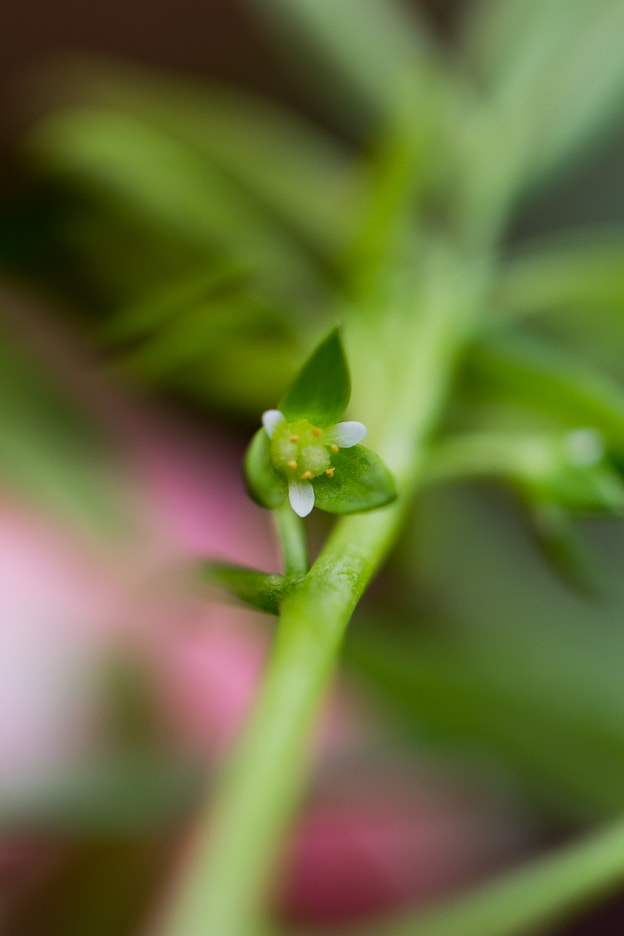
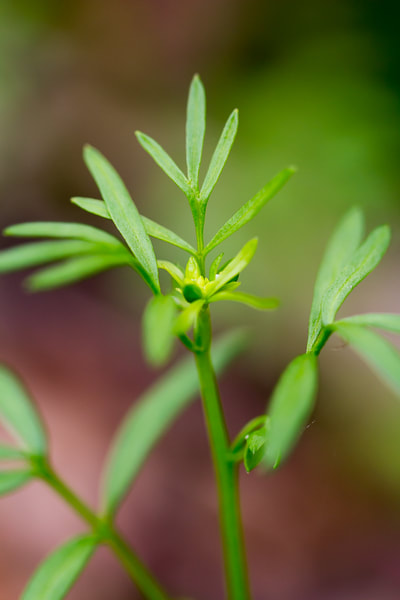
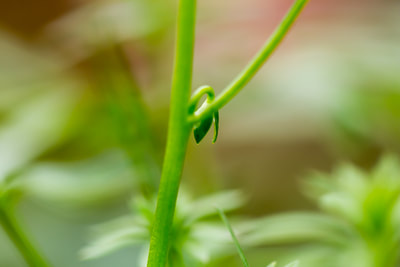
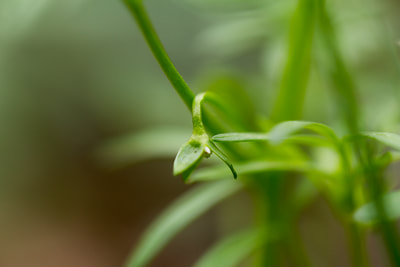
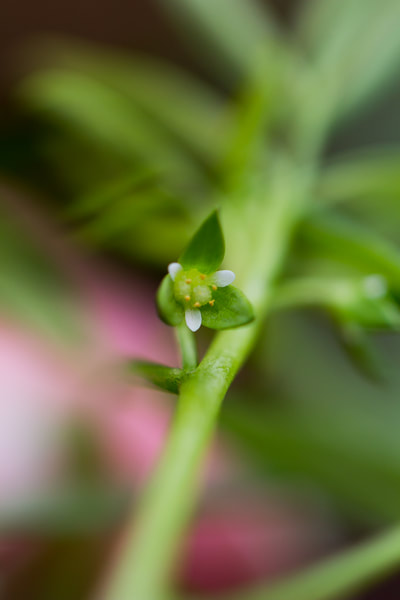
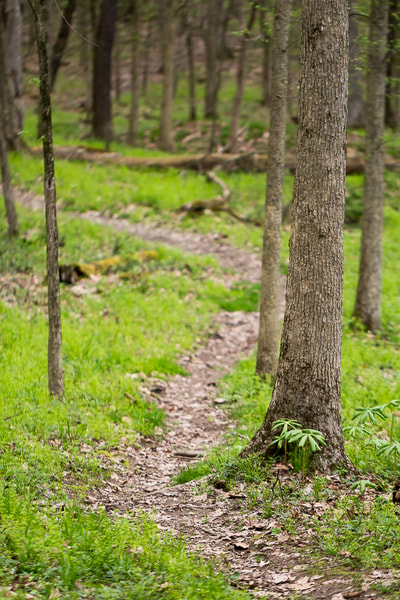
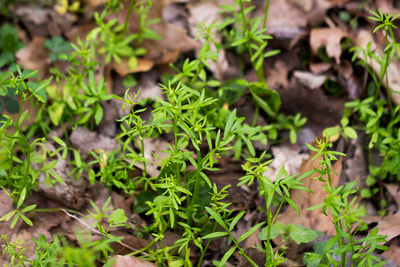
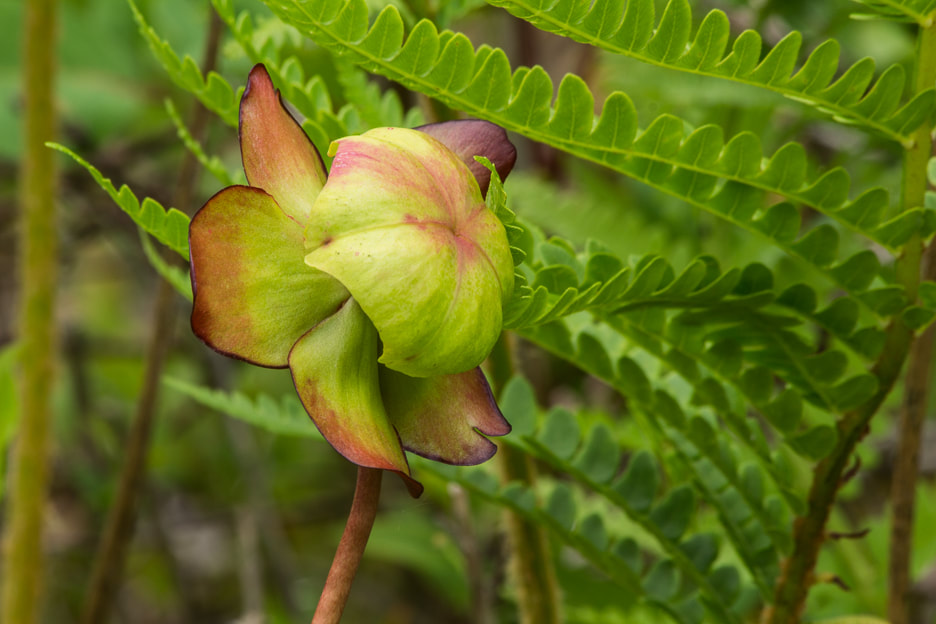
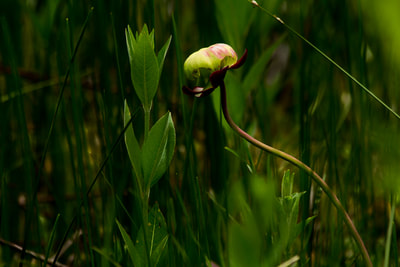
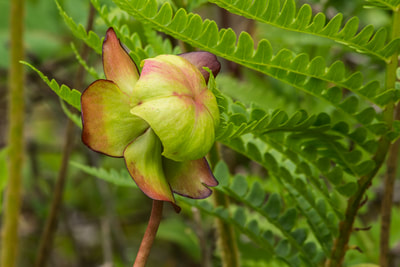
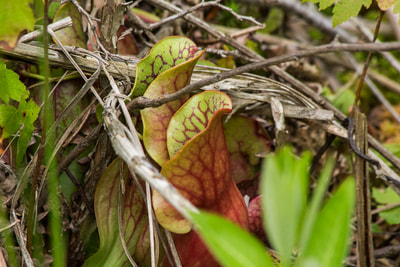
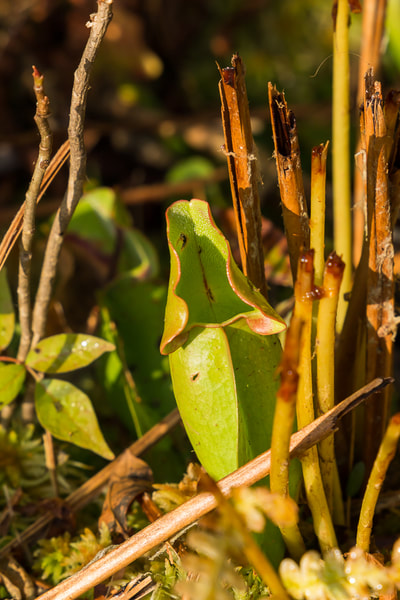
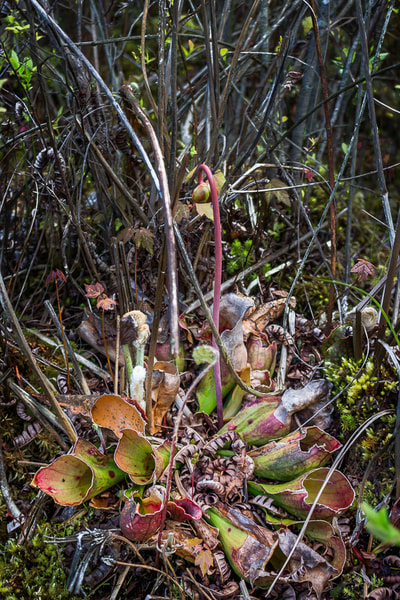
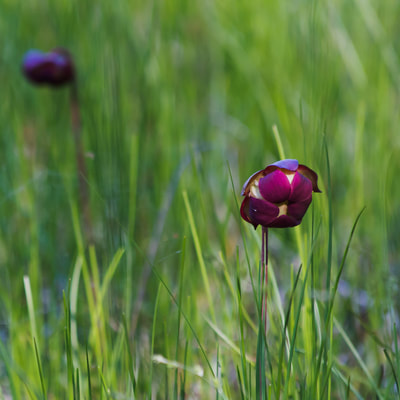
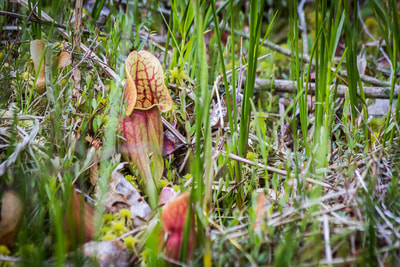
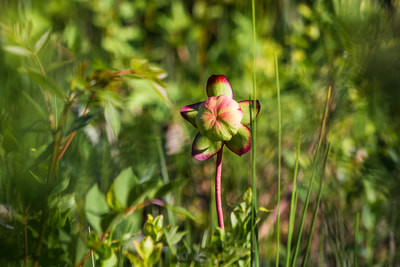
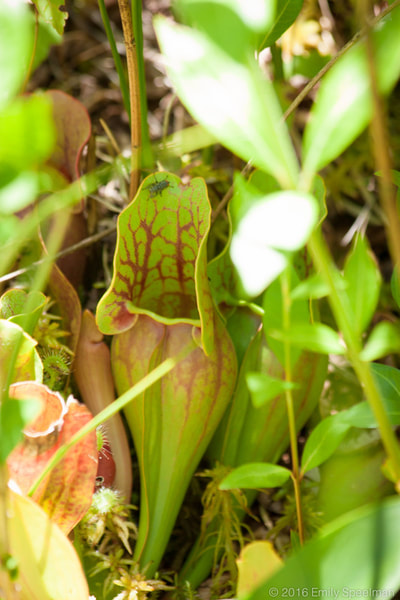
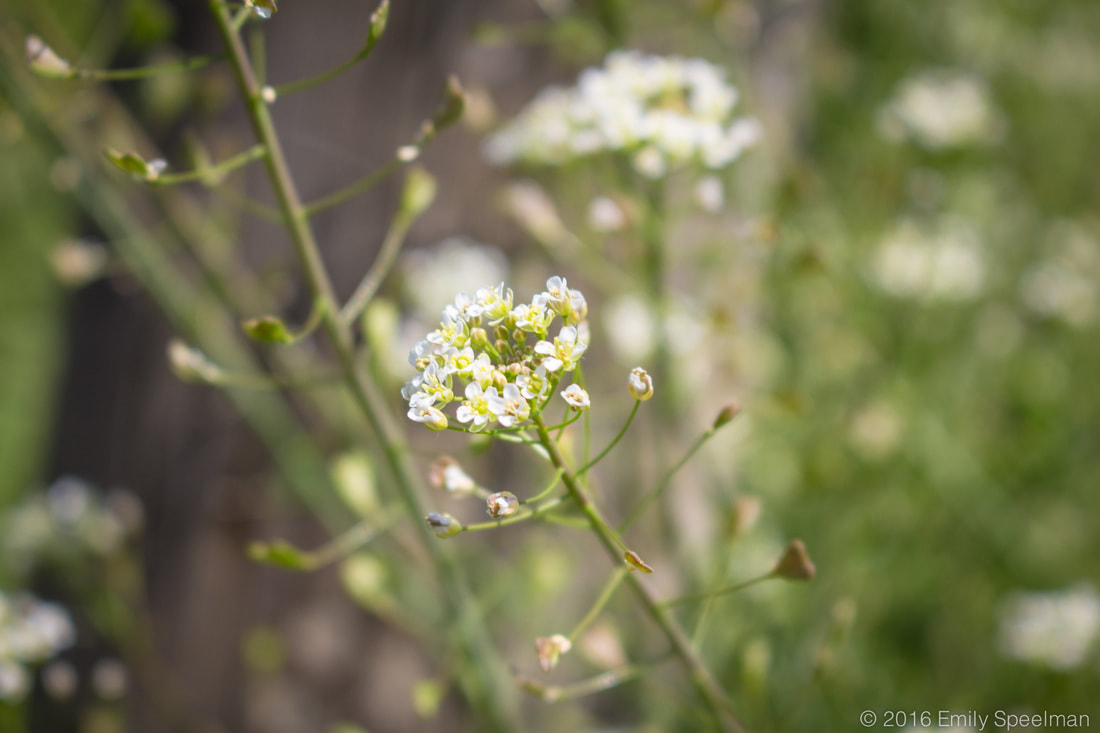
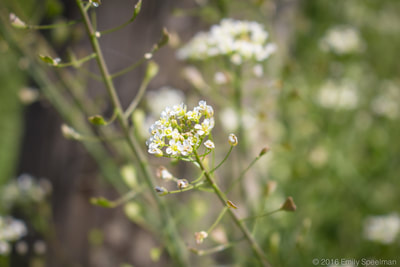
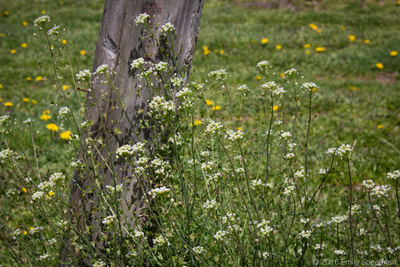

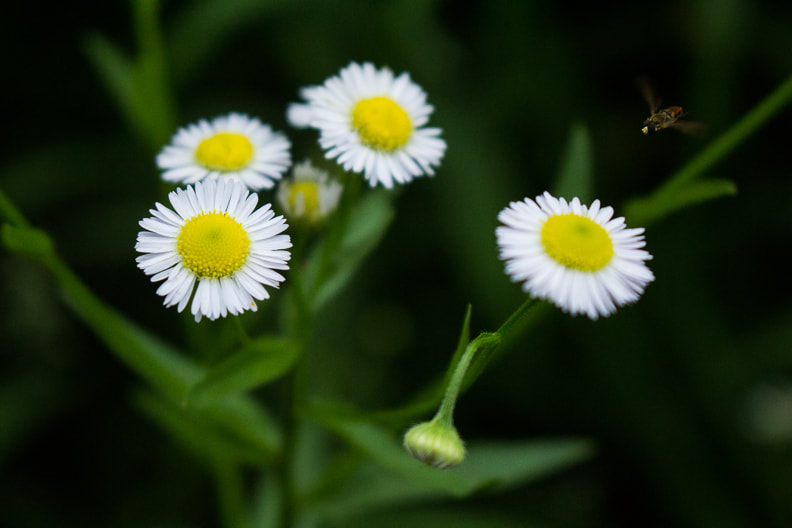
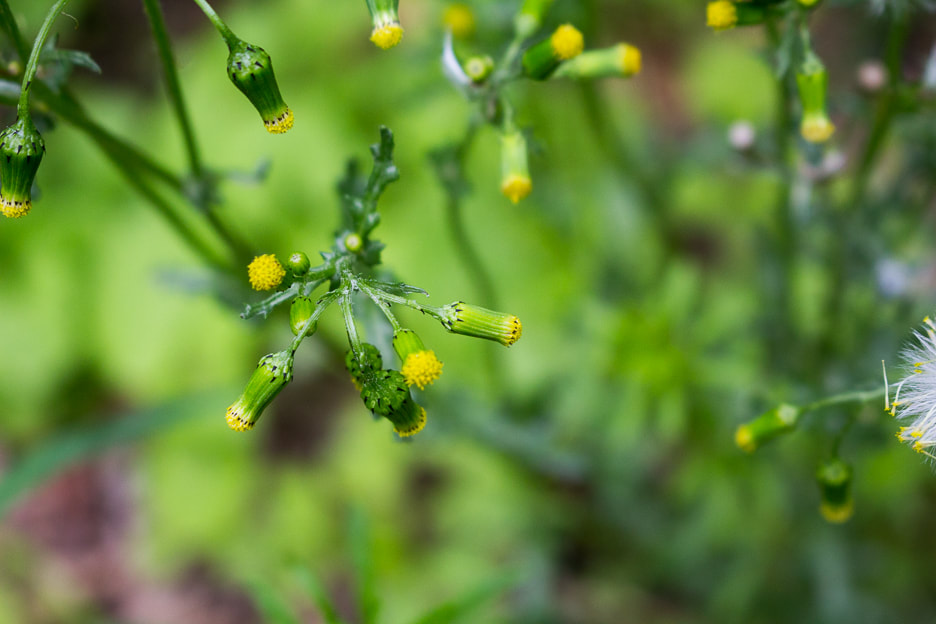
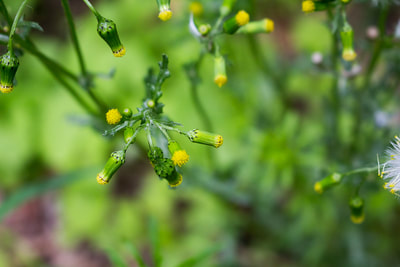
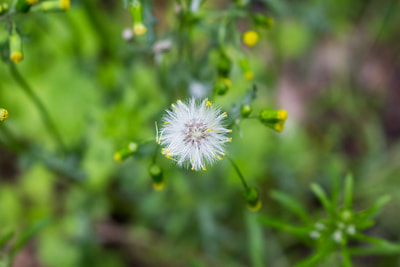
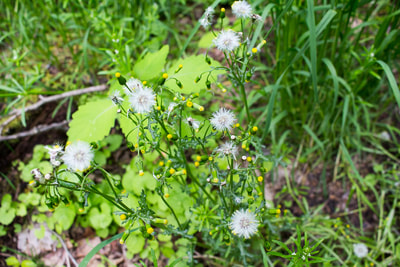
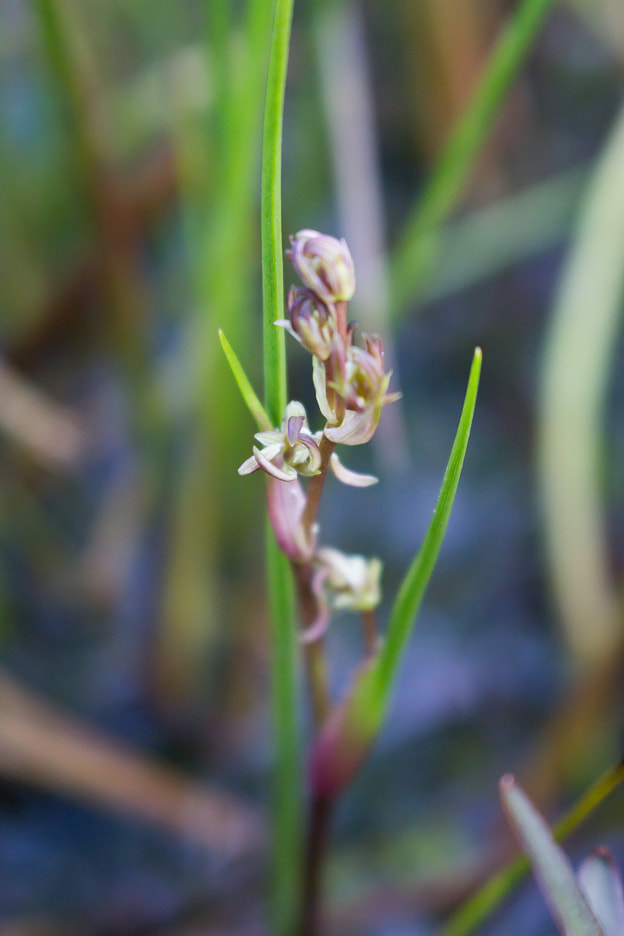
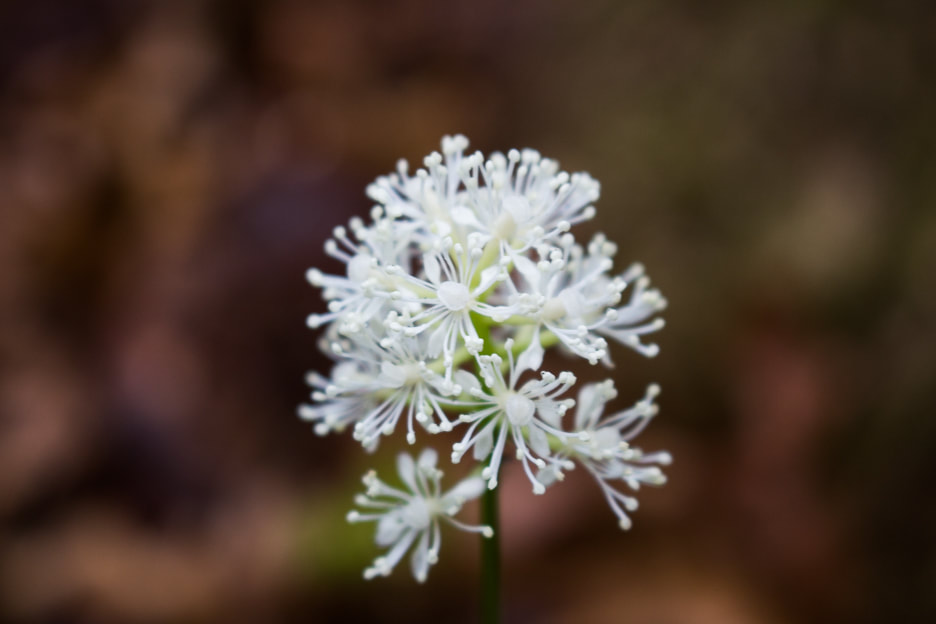
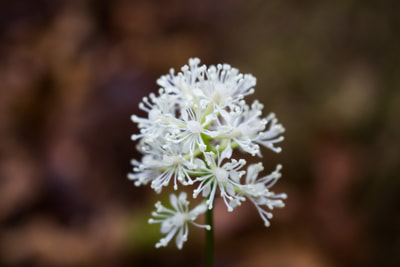
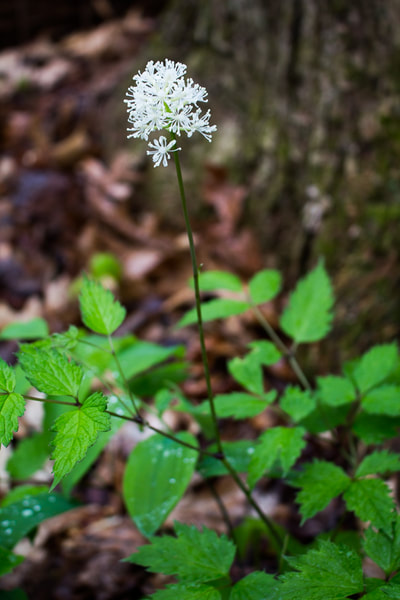
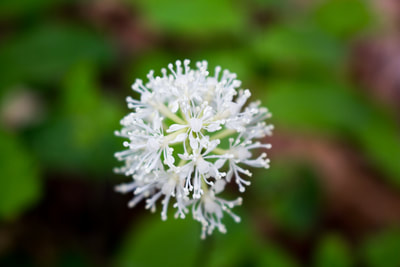
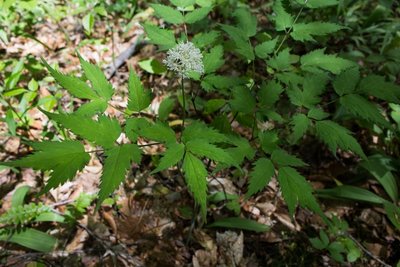
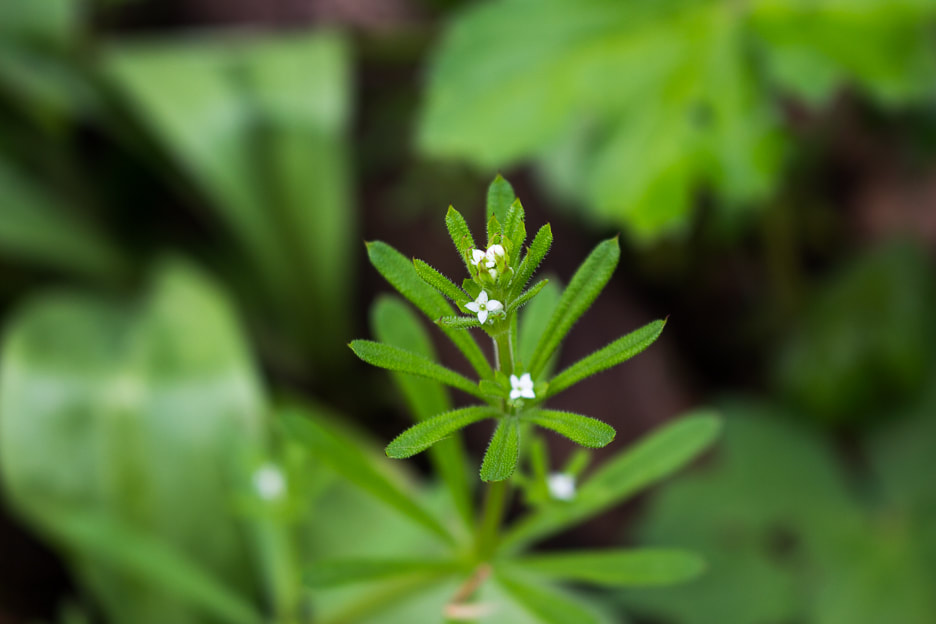
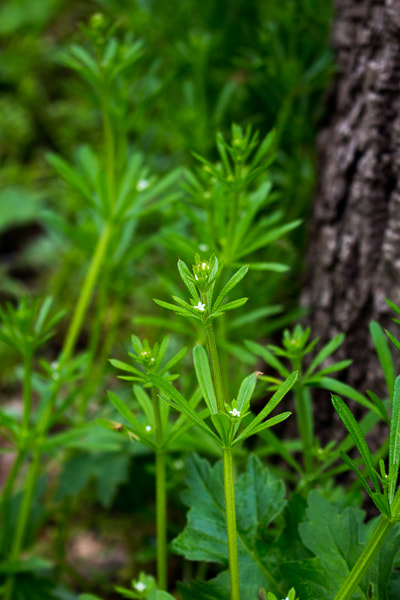
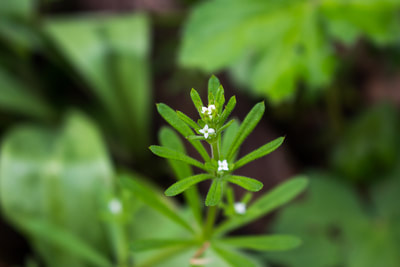
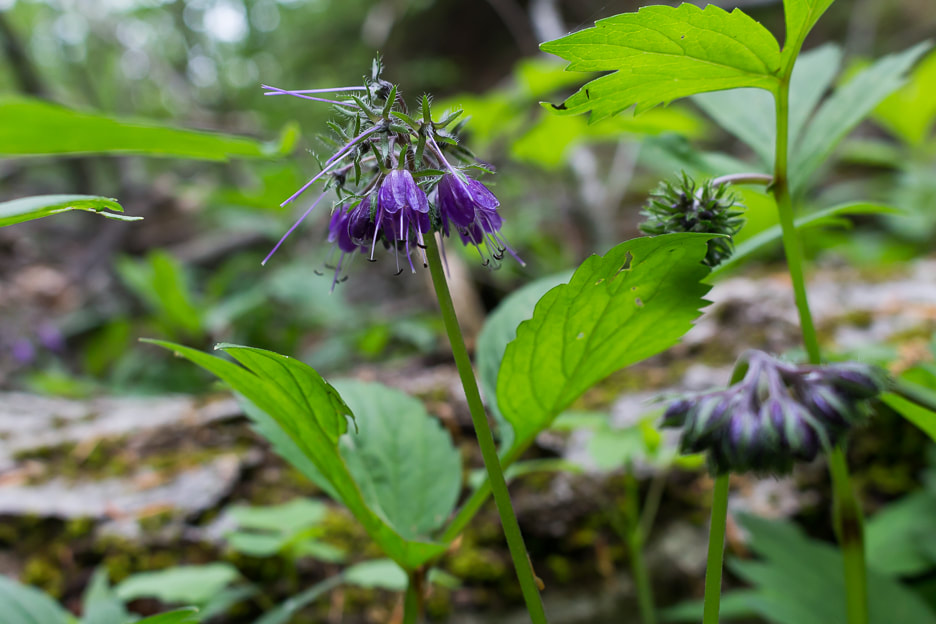
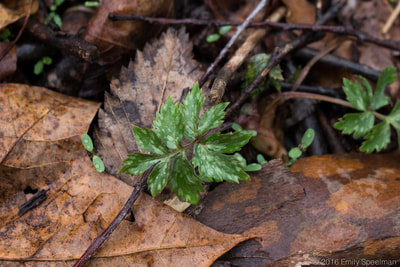
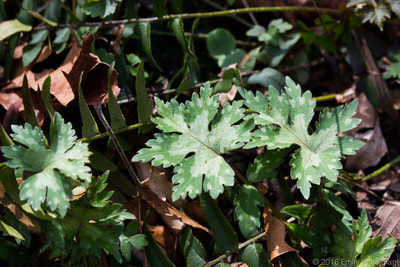
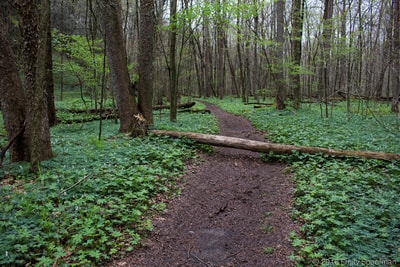
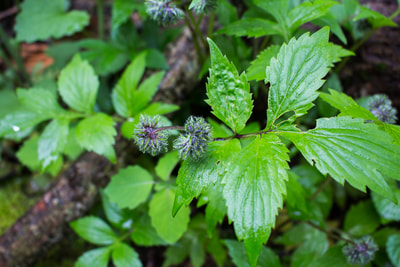
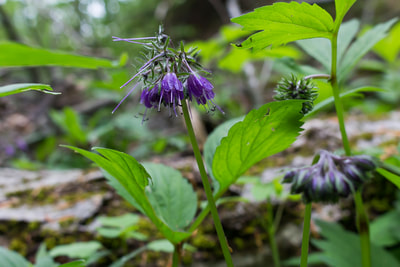
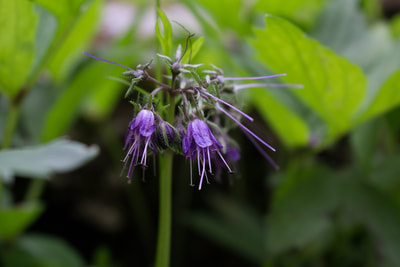
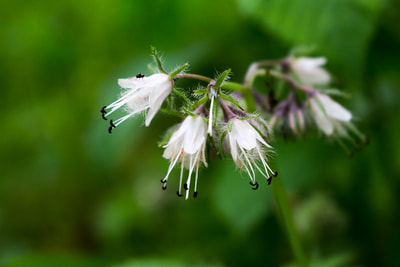
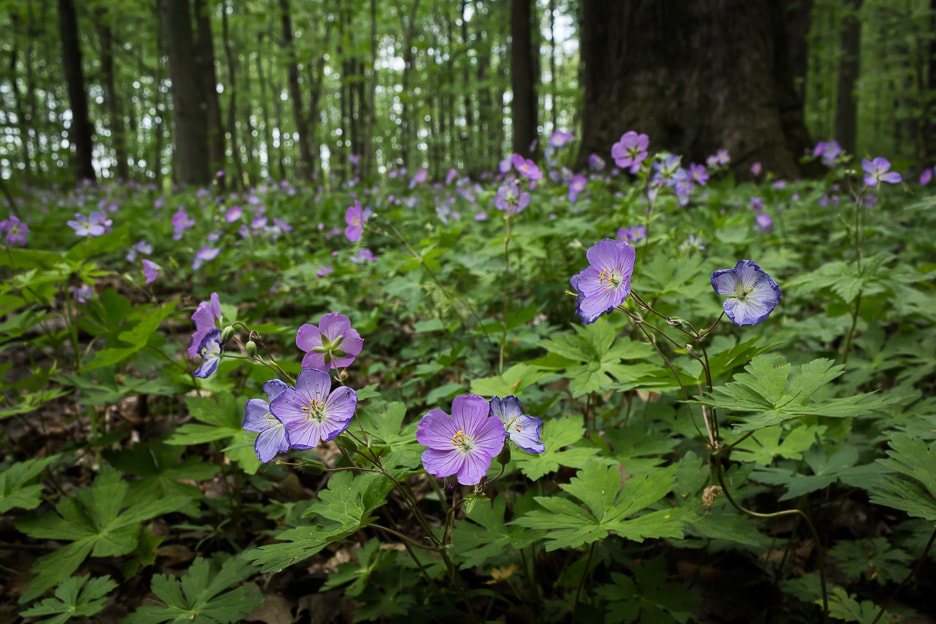
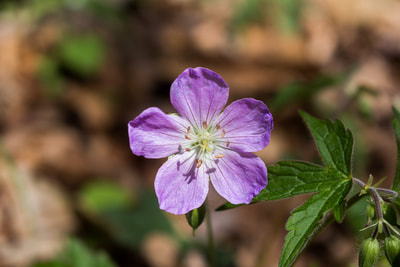
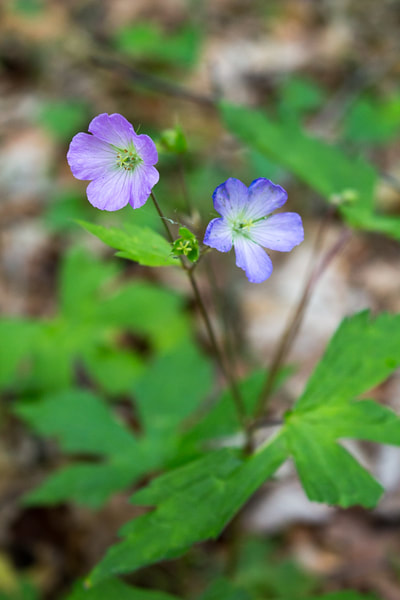
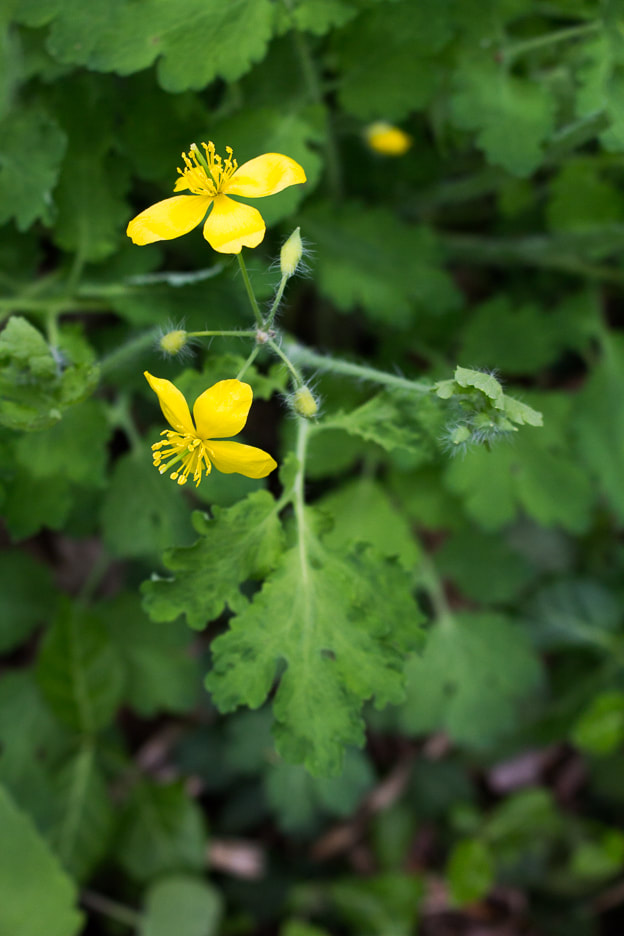
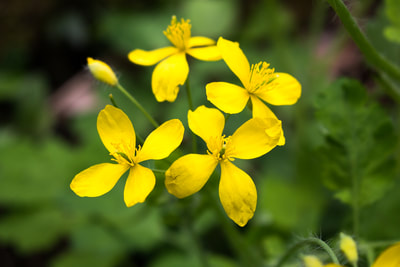
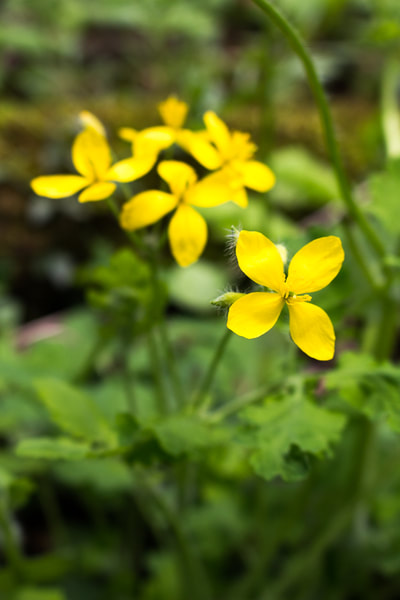
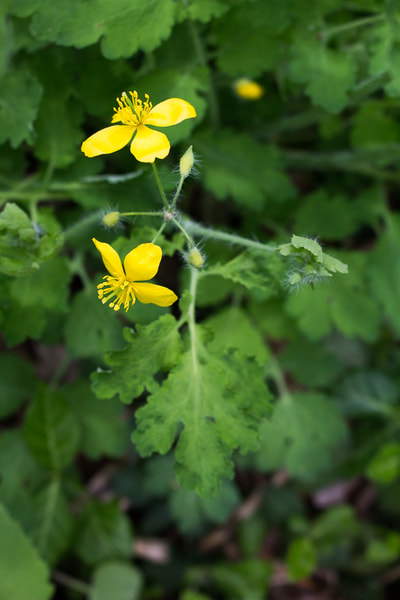
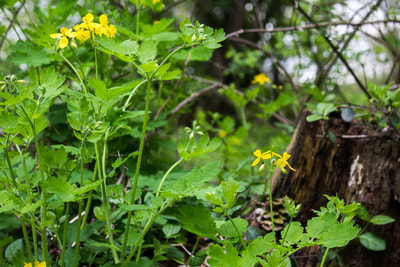
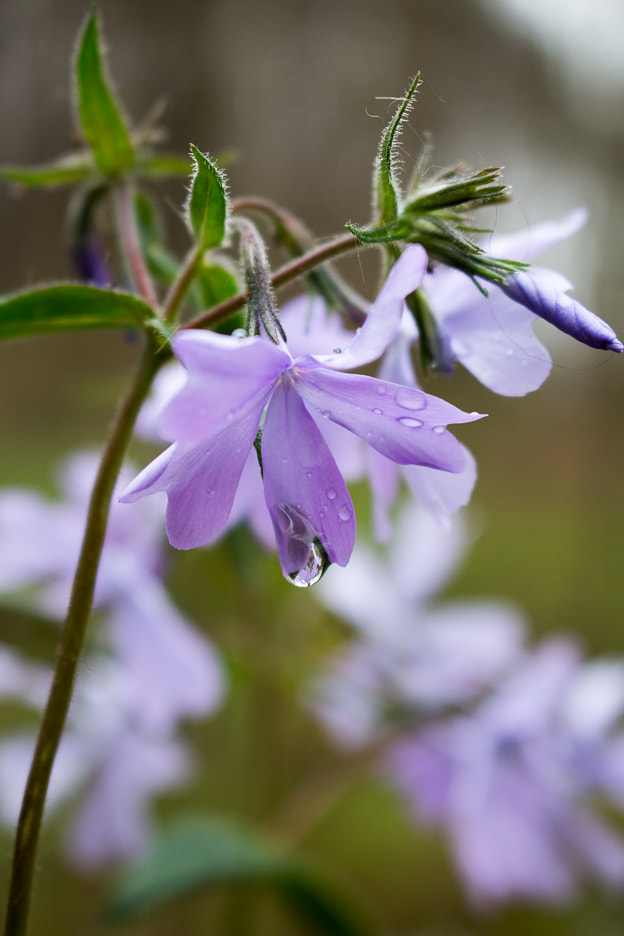
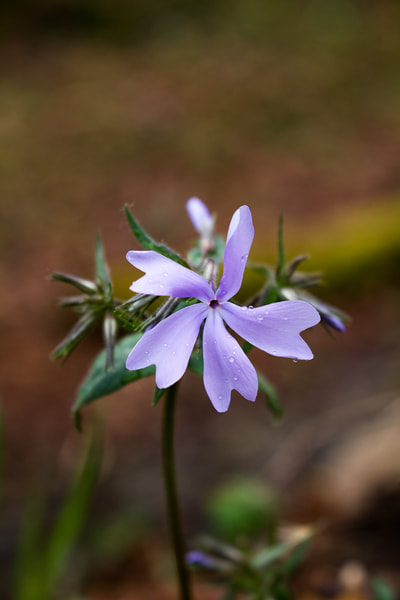
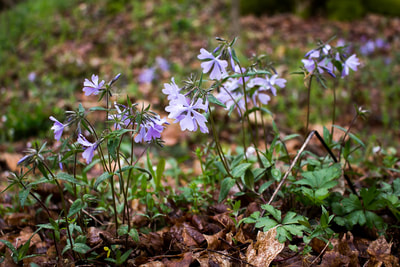

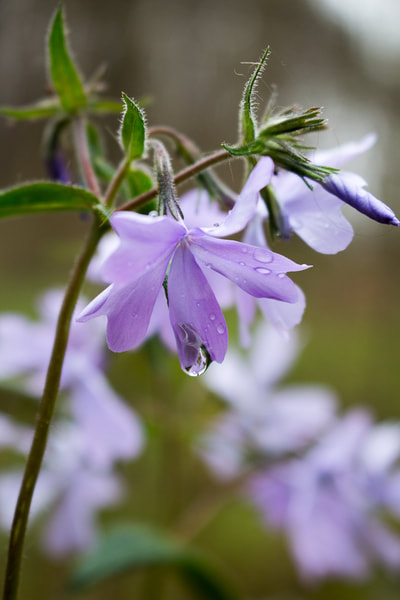
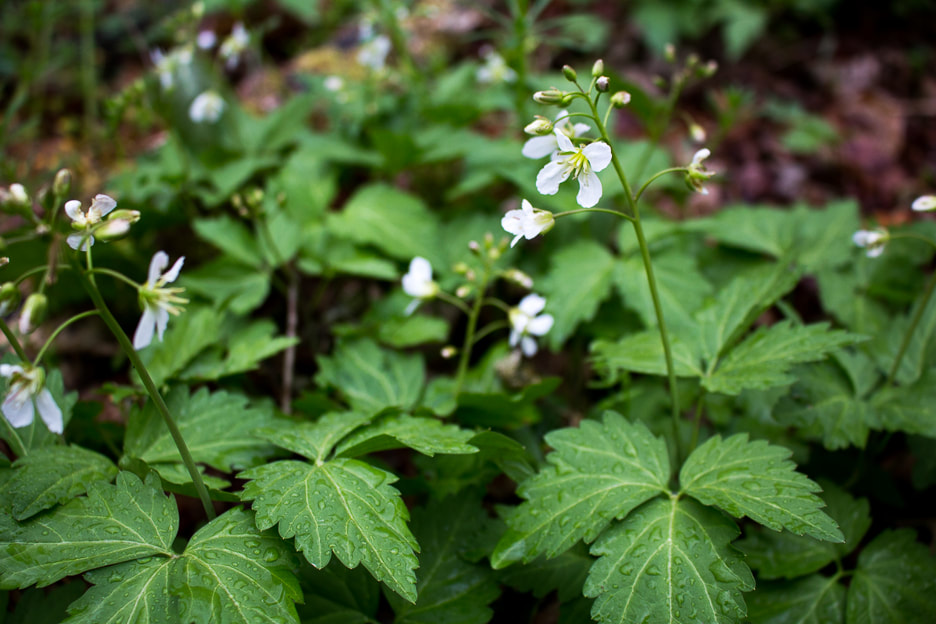
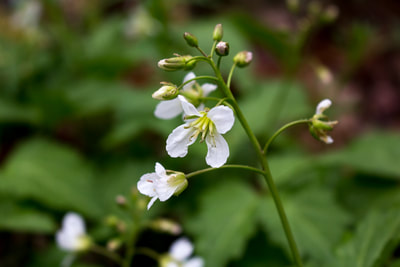
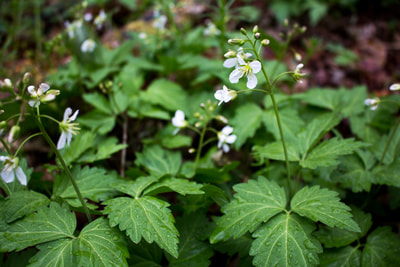
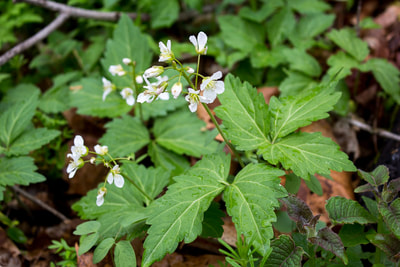
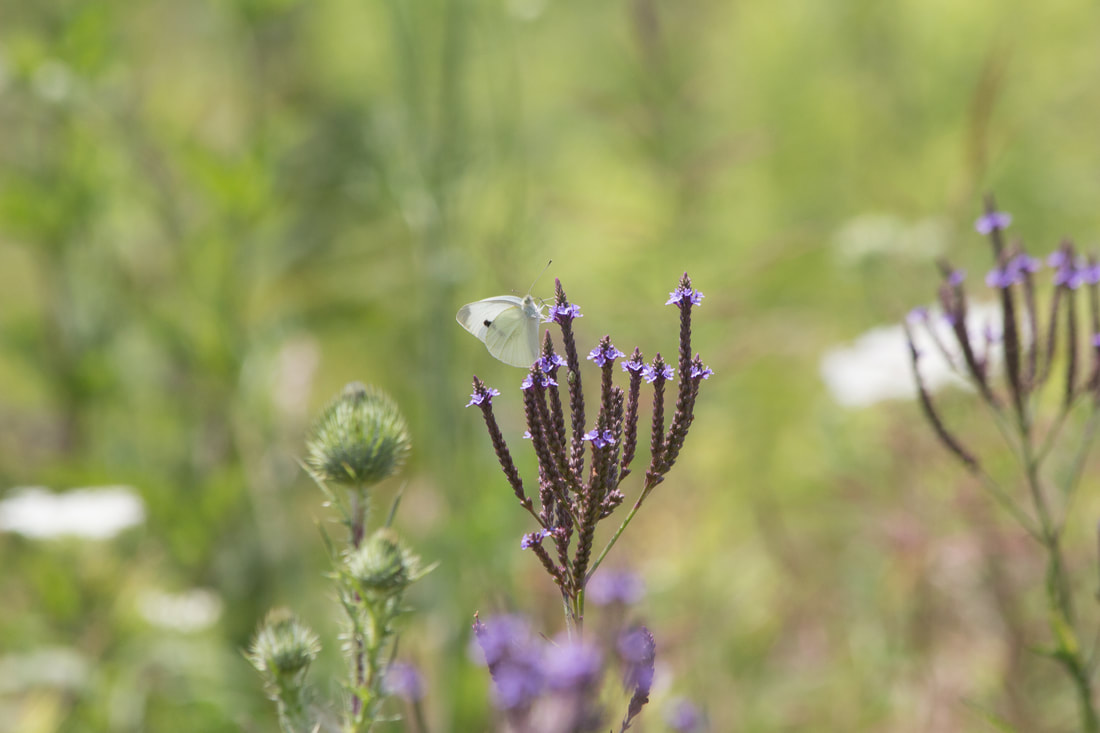
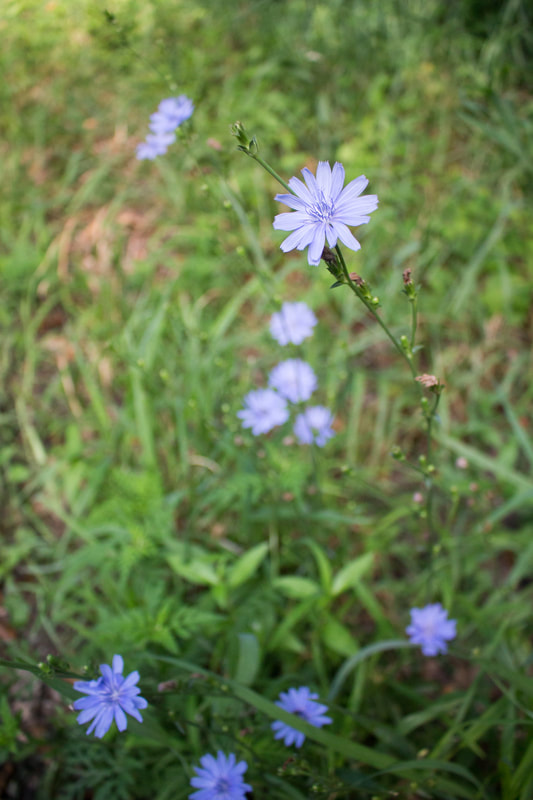
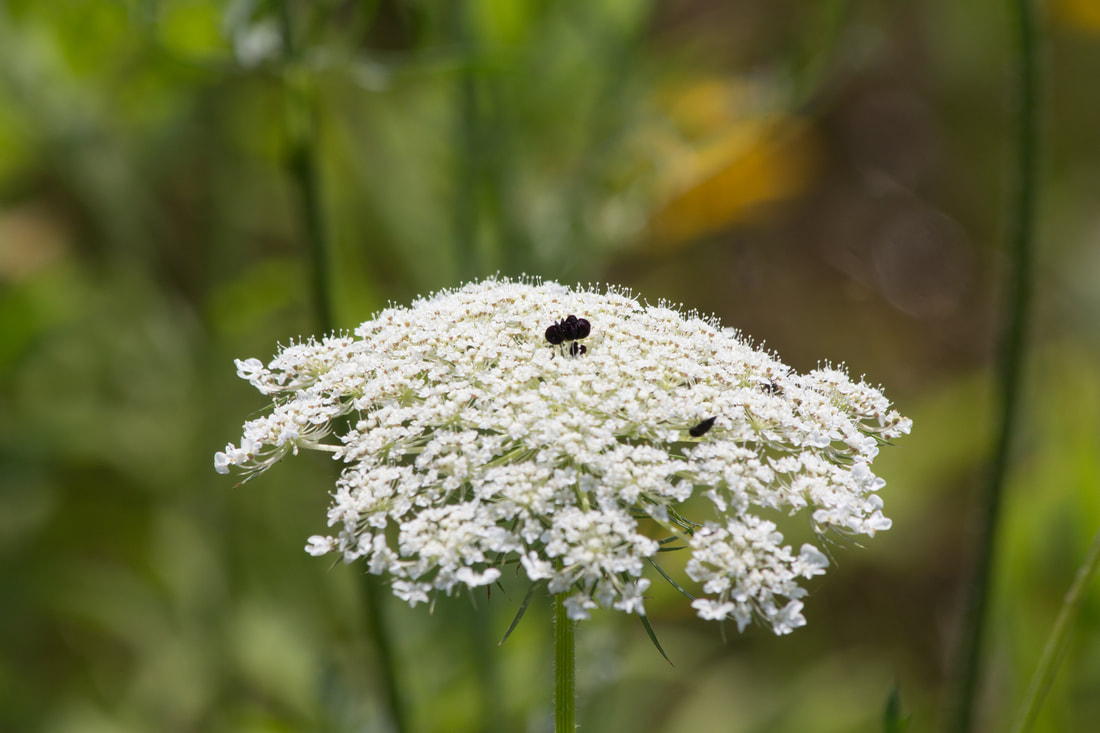
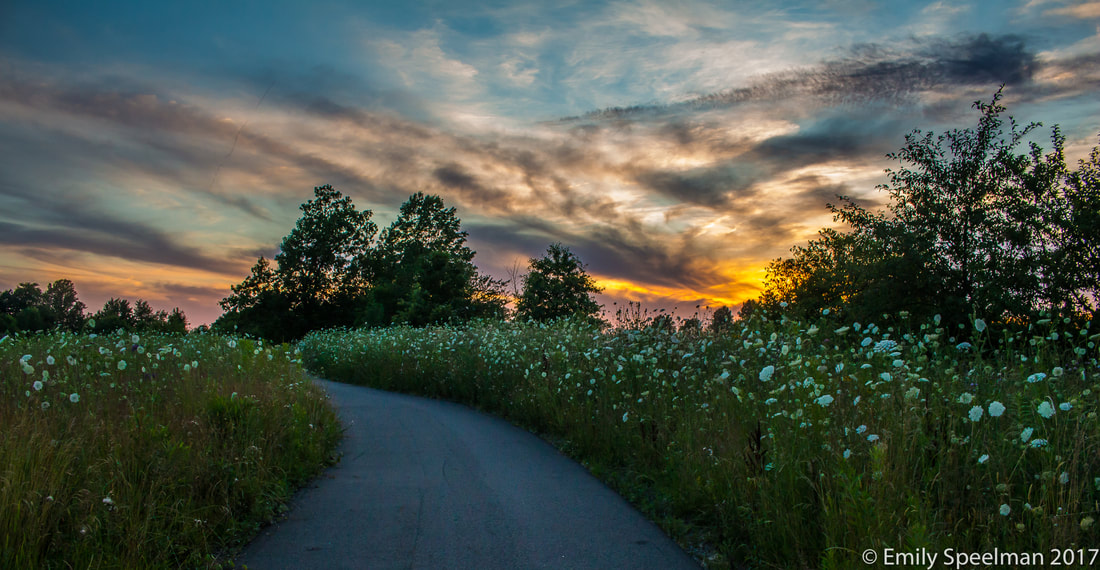
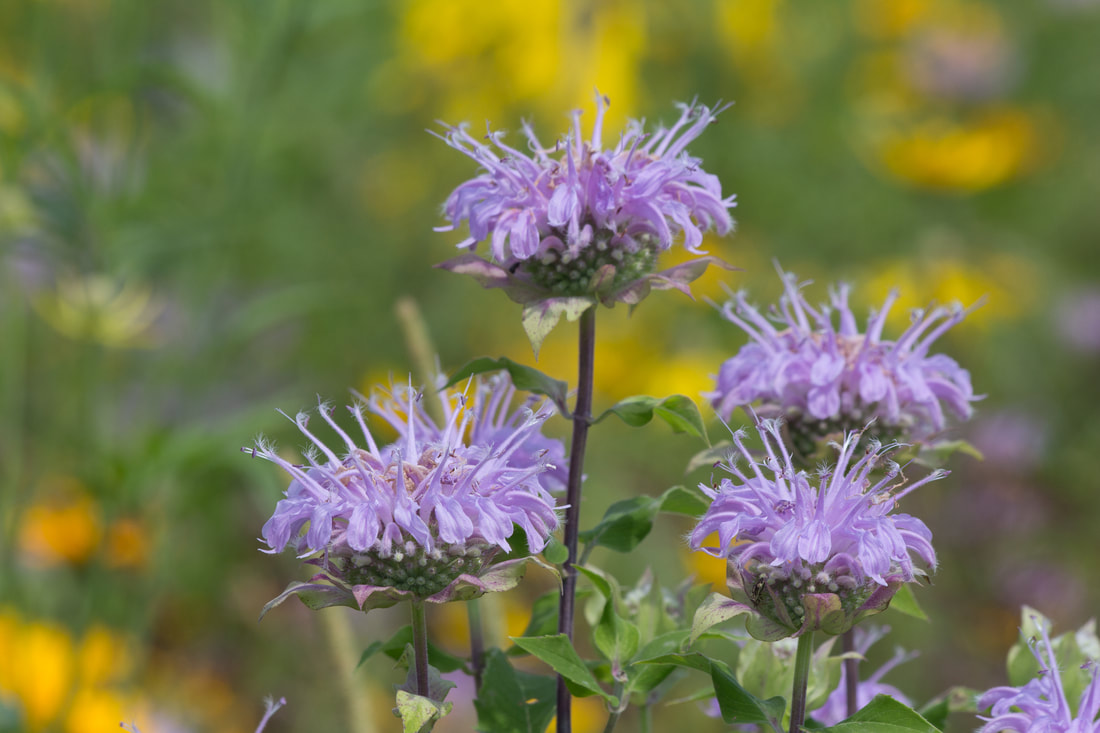
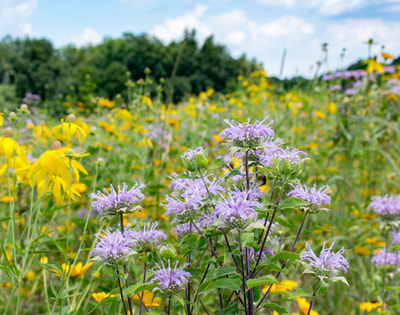
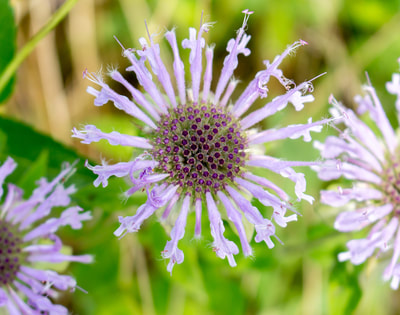
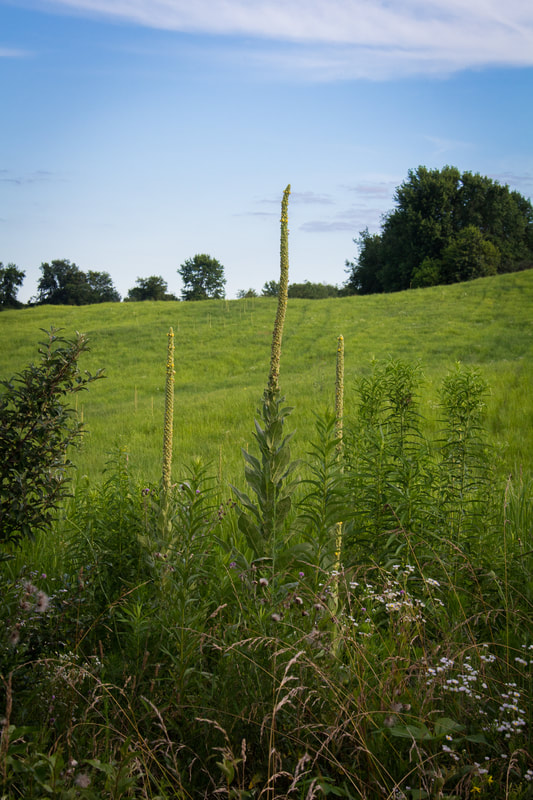
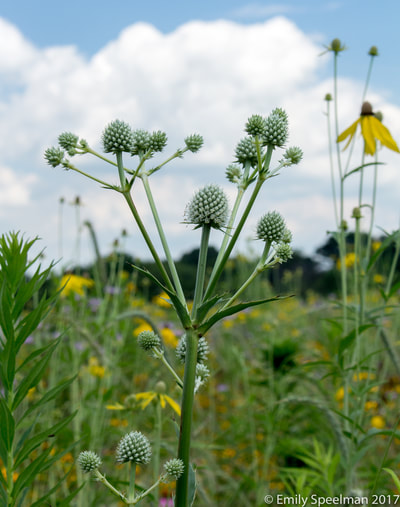
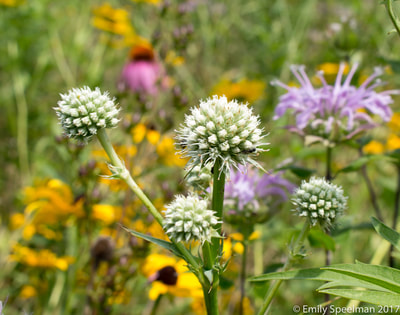
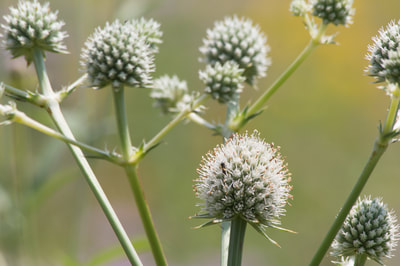
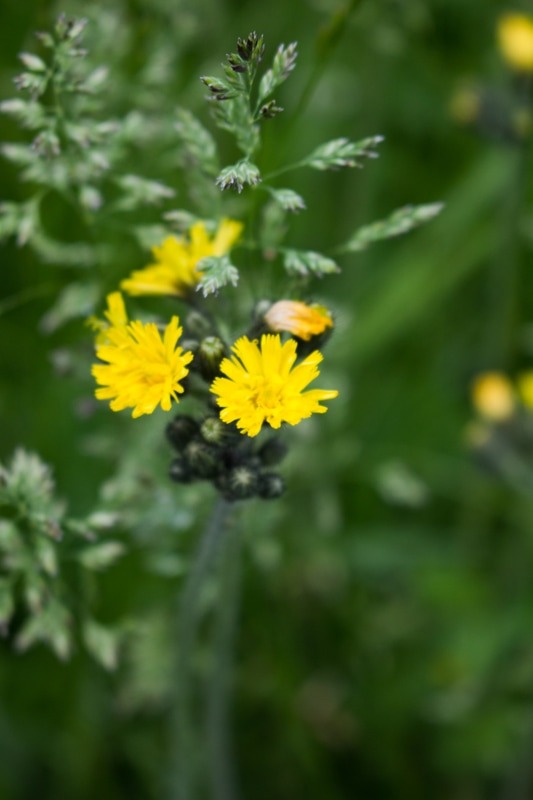
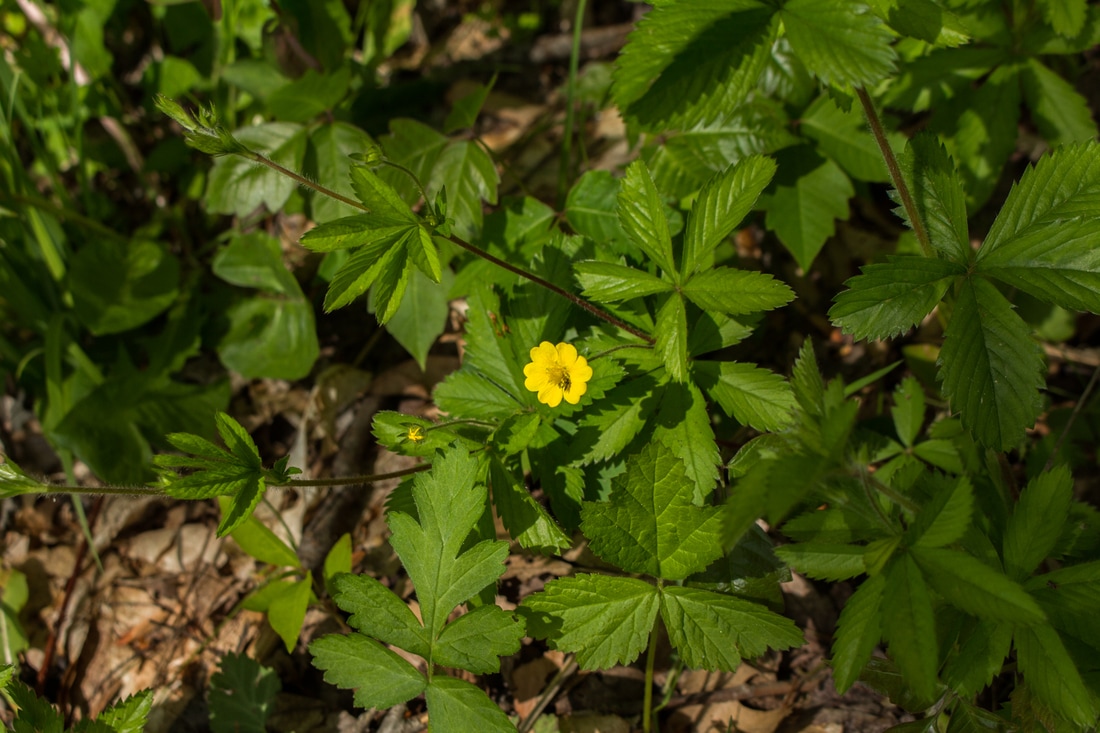

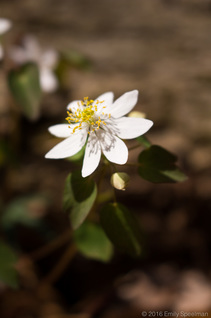
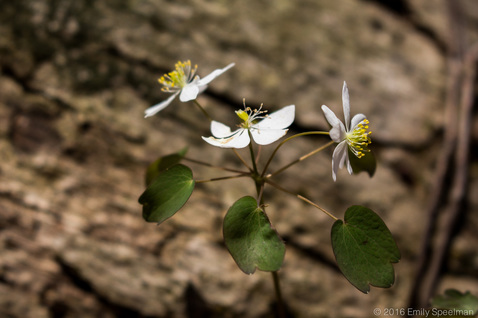
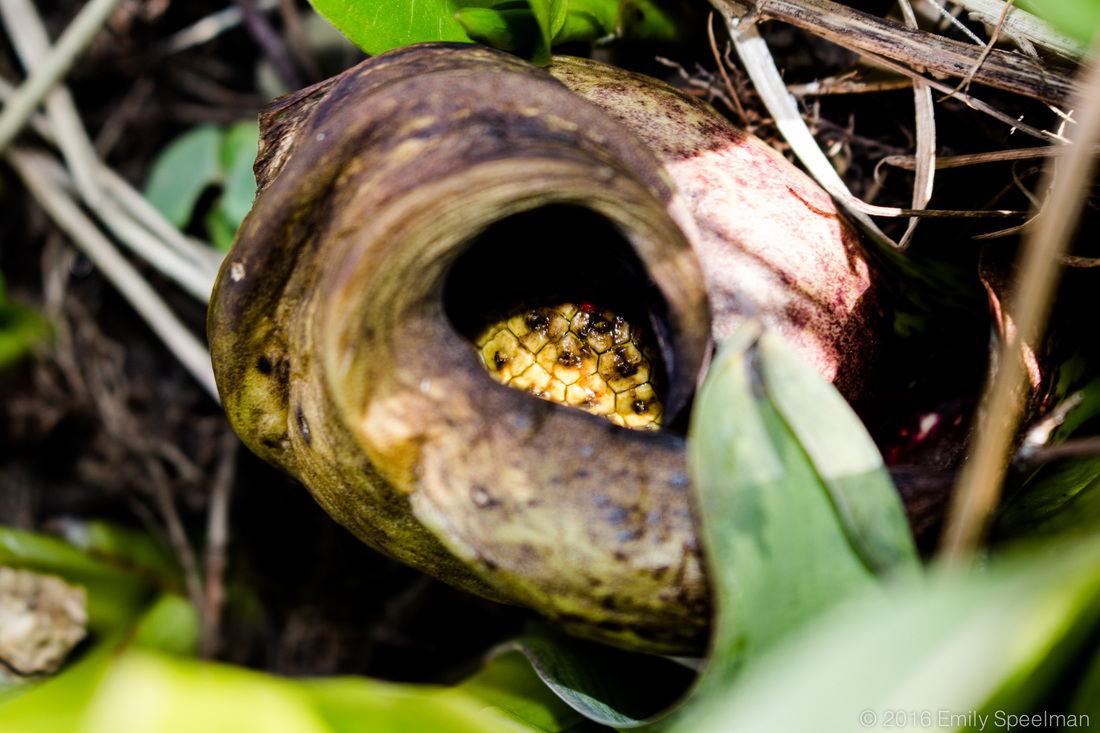
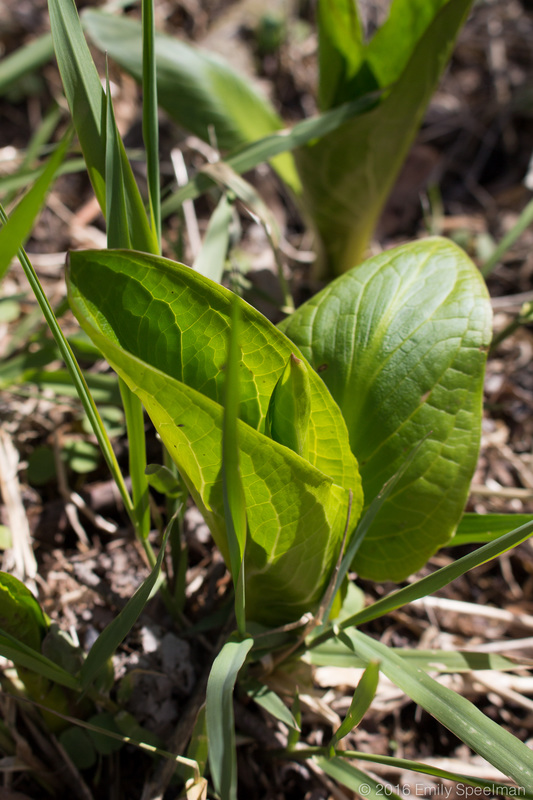
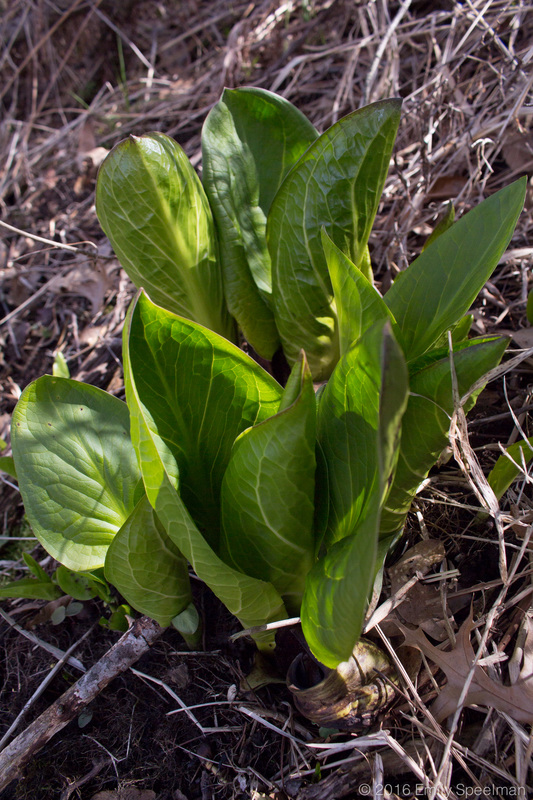
 RSS Feed
RSS Feed